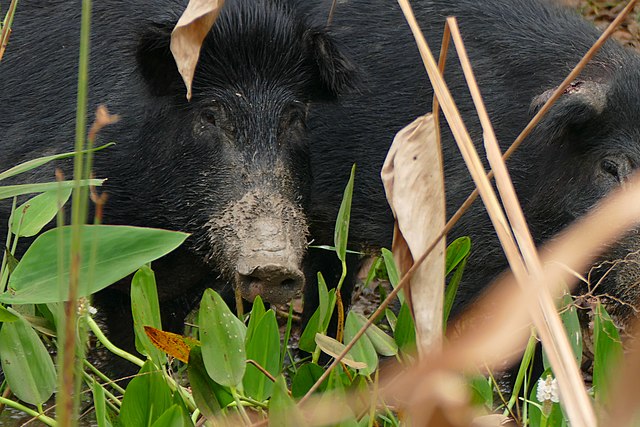Albania has announced the Vjosa River as the first wild river national park in Europe after almost a decade of campaigning by environmental Non Governmental Organizations (NGOs). The Vjosa River flows for 168 miles between Greece’s Pindus mountains through Albania to the Adriatic coast, and is a sanctuary to over 1,000 species of animals and plants, including the endangered Egyptian vulture as well as the critically endangered Balkan lynx. Albania has set an example for the rest of Europe by declaring the park a national park, even though the once-communist nation had previously planned for about 45 hydropower plants in the same region. The designation of the park is considered a huge win for Mother Earth.
The Vjosa River will be protected by a partnership between the Albanian government, international experts, NGOs, the International Union for Conservation of Nature (IUCN), and Patagonia, the outdoor gear company. The park aims to ensure that the Vjosa and its unique ecosystems are safeguarded. The park will be spread over 12,727 hectares (31,500 acres), and has been given IUCN Category II park status, similar to that of a wilderness, so that dams and gravel extraction are banned. It will be operational in 2024.
Albania’s PM, Edi Rama, described the creation of the national park as a “truly historic moment” for nature, social, and economic development. The country, which had more than 7.5 million tourists last year, aims to reinvent villages in the Vjosa region through ecotourism. The Albanian government hopes that the park will attract more visitors, as national parks receive 20% more tourists compared with non-protected areas. The Vjosa River is a significant symbol of human history and a very important part of Albanian history, said Mirela Kumbaro Furxhi, Albania’s tourism and environment minister. Albania is proud to declare the creation of this first national park on one of the last wild rivers in Europe, she added.
- Endangered Species Habitat Protections at Risk as 25K+ Public Comments Challenge ESA Rule Change
- Google SpeciesNet AI Hits 99.4% Animal Detection—Its Species Accuracy Might Surprise You
- Dachshund Valerie Found Alive After 529 Days Lost on Kangaroo Island
- Poás Volcano Red Alert: 4,500 m Ash Plume & 600 t SO₂ Halt Park, Threaten 1.39 M Residents
- Slate’s $20K EV Truck: 5-Foot Bed, 1,433 lb Payload and Over 100 Custom Mods—See What You Can Build
Boris Erg, director of the European office at the IUCN, congratulated the Albanian administration for its leadership and ambition. Erg urged other governments to join in the region and beyond to show similar ambition and support to reach the vital goal of protecting 30% of the planet by 2030. The park will encompass the 118 miles of the Vjosa in Albania, 3 main tributaries, and some terrain, including areas at risk of flooding. It will allow recreational eco-tourism and some other activities, such as local fishing, too.


















